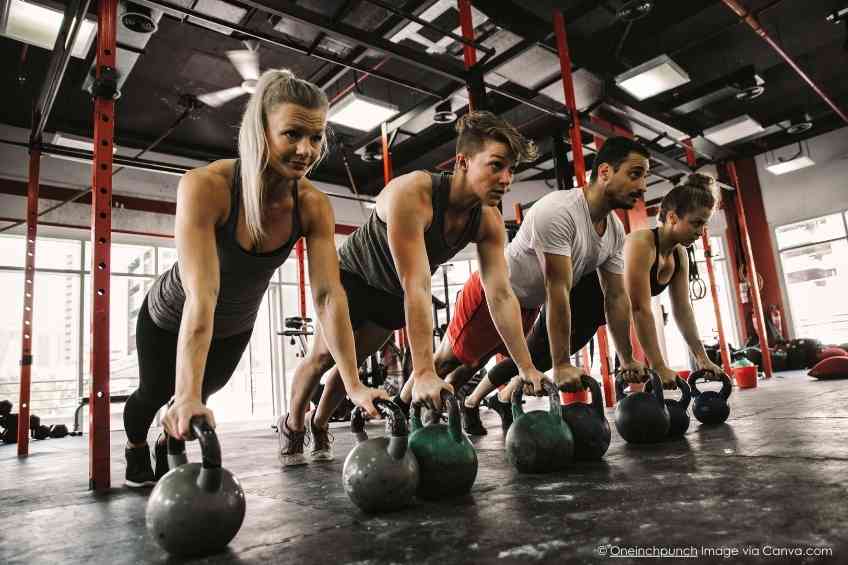By John Hand –
Everyone has different fitness goals. Some people might run to help lose weight, while others lift weights to add muscle. Fitness goals, ultimately, vary based on body weight, age and sex. However, no matter what a typical workout routine is, there is growing support that incorporating functional fitness movements into a daily exercise routine provides significant benefits. Functional fitness provides support and protection, helping to improve stability, mobility and injury prevention.
Functional fitness movements, admittedly, get a bad reputation because they are simple and seem to produce minimal results. Proponents, however, argue that these fitness movements are some of the most effective and healthiest exercises because they reduce injury, decrease joint pain and improve daily mobility.
These exercises aim to support daily activities like bending down to pick up a child or hauling heavy bags back from the grocery store. The routines incorporate strength, flexibility and mobility movements that mimic those everyday life movements. Athletes also rely on functional fitness because adding strength, flexibility and mobility reduces their risk of injury while improving performance.
There are four key movements to functional training. The first is locomotion, which is the ability to move the body from one point to another efficiently. This movement mimics walking or jogging. Training locomotion involves a few key exercises such as high knee marches, bird dogs and bicycle crunches. Another functional movement is level changes, which mimics any movement that requires the body to go up or down to a different height like bending over to pick something off the ground. Examples of level-change exercises include squats, step-ups or lunges. The third type of function movement is upper extremity function, which combines any motion from the upper body. This could be throwing a ball, reaching for an item on a high shelf or opening a door. Exercises that copy these movements are triceps dips, pushups or bicep curls. Finally, rotation is the twisting and turning of the spin. This occurs when turning around to see if someone is behind them or when reaching for something in the back seat of a car. Russian twists, rotational lunges or a rotation press are used to improve rotational movement.
Functional movement exercises may seem too simple to yield positive results. But many argue they are extremely effective and impactful. These daily exercises involve movements that are mimicked with resistance. When the resistance is removed, the body is more prepared and less prone to injury.
One recent analysis of earlier studies on the relationship between athletes and functional training concluded that “this systematic review provides strong evidence that functional training improved physical fitness in terms of speed, muscular strength, power, balance and agility, while there is moderate evidence of the effect on flexibility and muscular endurance.”
A 2024 meta-analysis of research on martial arts athletes and functional training went further, noting these athletes improved specific skills and reduced the probability of injury after following a functional training program.
Regardless of its reported benefits, functional training is only one part of a training regimen. Goals vary from person to person. This means, for example, if a goal is to build muscle, a strength program is needed that centers on lifting weights to add muscle. Functional fitness training is then incorporated to avoid injury.
Ultimately, it adds a layer of protection and support to move forward and stay healthy.













